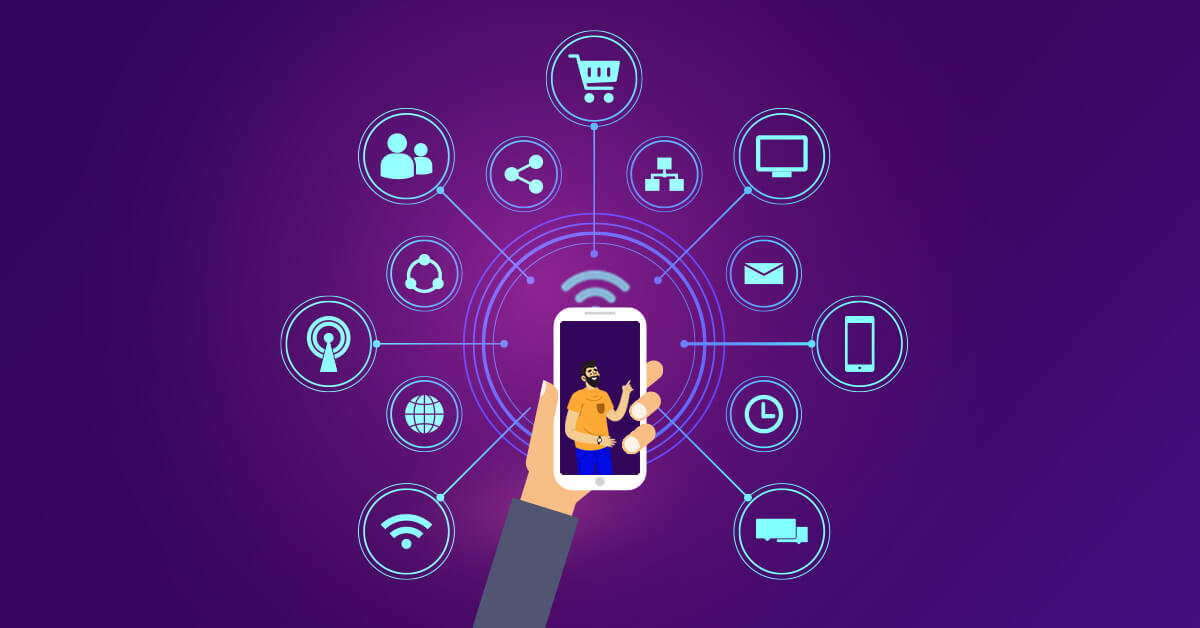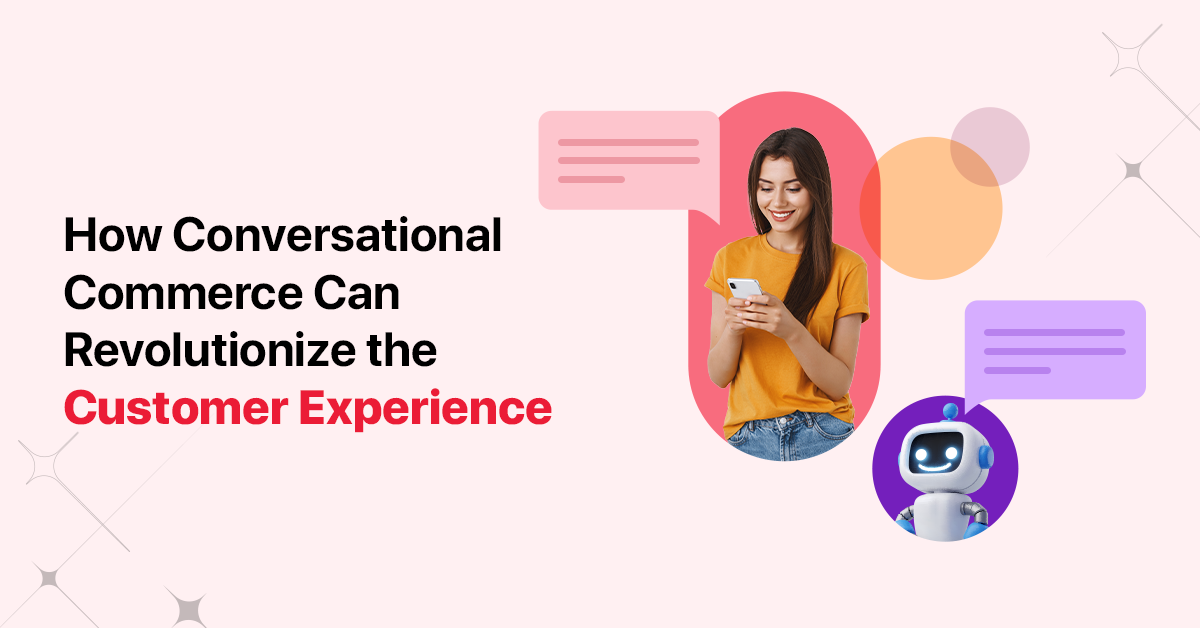The most significant demand of the consumer market today is to get a seamless interaction experience with businesses – irrespective of the platform they choose. This has led to the movement from a single channel to omnichannel marketing.
Before we get into the nitty-gritty, let’s take a look at what you’re trying to accomplish. To be successful, your e-commerce marketing should be personalized – that is, it should have relevance to each person and their needs. A personalized approach also means offering the right message at the right time via the right channel (such as Email, SMS, or WhatsApp).
Wait, but why?
Because omnichannel marketing focuses on delivering a consistent experience to customers across all online and offline channels, the messaging and the design across these platforms aim to make their interaction seamless. No wonder omnichannel outreach and marketing automation are so closely tied.
The Multichannel Merchant Forecast and the Internet Retailing Customer Experience Research Report state that retailers will need to dig deeper into data to get a competitive edge in the growing market. They also state that their prime focus needs to create more personalized omnichannel interactions with their customers to make them feel valued.
But to create an omnichannel experience, retailers need to take a strategical approach to personalization. Making mistakes while creating and executing a non-robust omnichannel marketing strategy can result in the business losing customers.
6 Steps to Personalizing Omnichannel Marketing
While the tactics might vary based on the business type, its objectives, and of course, its target market, here are a few steps that it must take for omnichannel success:
Step 1: Deliver Web and Email Personalization

One of the easiest and by far the quickest to personalize for higher revenue generation is web and email. Since they offer clear performance metrics in the target market, starting here can help you segment your audience further into narrowed down groups based on interaction data and purchase triggers.
This type of personalization is usually seen in dynamic product recommendations based on past browsing behavior, customer preferences, and insights from their web activity. The touchpoints for this type of personalization being emails, social media channels, phone numbers, etc., that are taken from the customer at the initial stages of the sales cycle.
Step 2: Create Segments and Offer Contextual Content

For successful personalization, businesses need to look at different tactics to engage and retain their customers. And the only way to do so today is to work on creating contextual interaction with them.
Be it videos, blogs, digital advertisements, or any other channel, businesses will need to segment their audience before targeting them. This segmentation should be based on data points like the general demographics, geography, trends, past behavior, and more, powered by machine learning.
The higher the level of personalization, the higher are the conversion rates on the channels.
You can read more about advanced customer segmentation strategies for e-commerce growth and pave the way to superior revenue inflow!
Step 3: Ensure Personalization on Mobile

The mobile consumer market has become essential to businesses. The number of on-the-go shoppers has long exceeded those who interact via the desktop. This means that the content you create, offers, product recommendations you implement, and even the personalized SMS campaigns you deliver should all be optimized for mobile devices.
Businesses that can leverage geography to optimize the experience of these shoppers are the ones with higher conversion rates. But identifying the same triggers as that of web and mobile are the trick to offering a seamless experience.
SMS 2.0-based Rich Media Business Messaging is the future of personalized customer engagement at scale. For e-commerce brands looking for a reliable, future-proof CX solution for their customers, this exclusive webinar can add immense value.
Step 4: Aim at In-store Personalization

Apart from digital personalization, businesses need to ensure that the in-store experience of a consumer is seamless. Imparting the knowledge of how to interact with what kind of customer to sales associates, introducing digital kiosks, displays for customers to experience the brands on, and custom apps to offer assistance are just some tactics for instant personalization.
It is also important to capture relevant data from the customer at the sale, like name, contact details, and feedback on his purchase experience. Maintaining sync between how a consumer is targeted on digital and offline makes their experience even more seamless.
Step 5: Personalize Contact Touchpoints
Marketing automation tools enable businesses to personalize all possible touchpoints that a consumer might reach through. Be it a digital consumer redressal forum or a phone number to reach you on, CX must be tailored to individual users.
Identify the channels your audience is most active on and have a higher probability of reaching out to you. Use the data points you collate from other personalization tactics to customize how you interact with them on these channels.
Step 6: Build Relationships, not Flings

A well-executed omnichannel marketing approach considers a long-term view of your customers instead of focusing on short-term sales. As a business, you want to build enduring relationships between your brand and customers. Forming and encouraging strong relationships leads to customer loyalty and repeat purchases.
One way to do this is by implementing a VIP or loyalty program for your most profitable clients. You can also offer personalized service and products based on individual customer behavior, showing them that you care and appreciate them.
Omnichannel marketing and personalization are driven by consumers – their behavior, expectations, and conversion triggers. Using a powerful omnichannel marketing automation tool like Wigzo, e-commerce marketers can keep a close tab on who their target audience is, what they are looking for, where they are the most active. The best channel to reach out to them.
You may also read:














